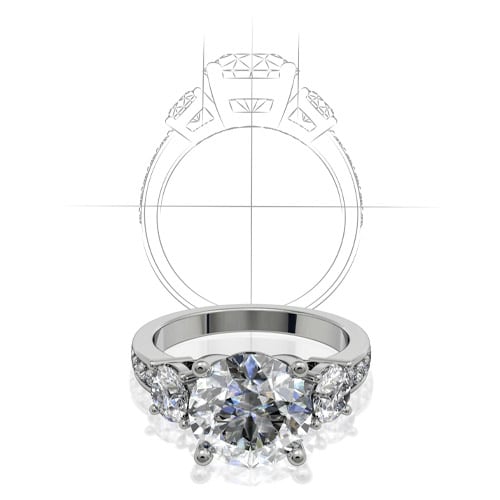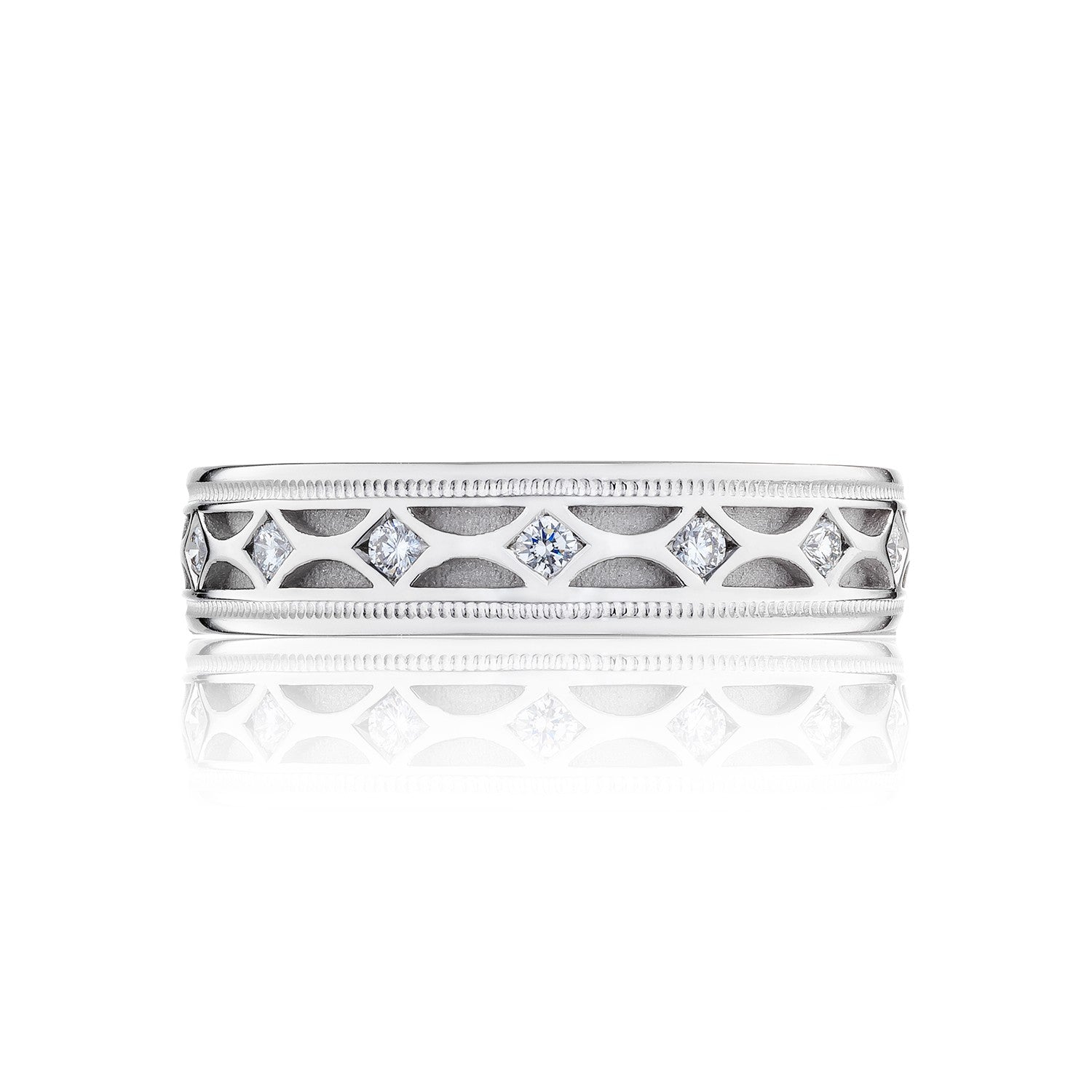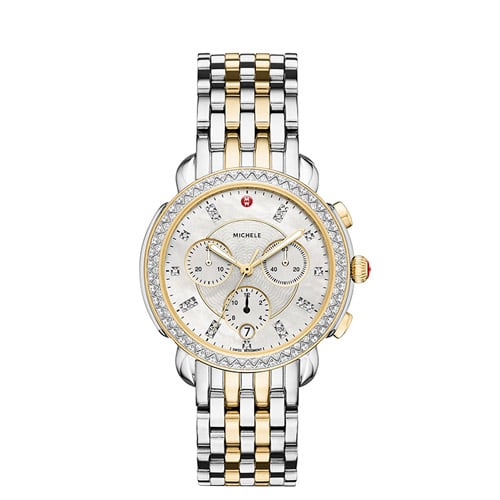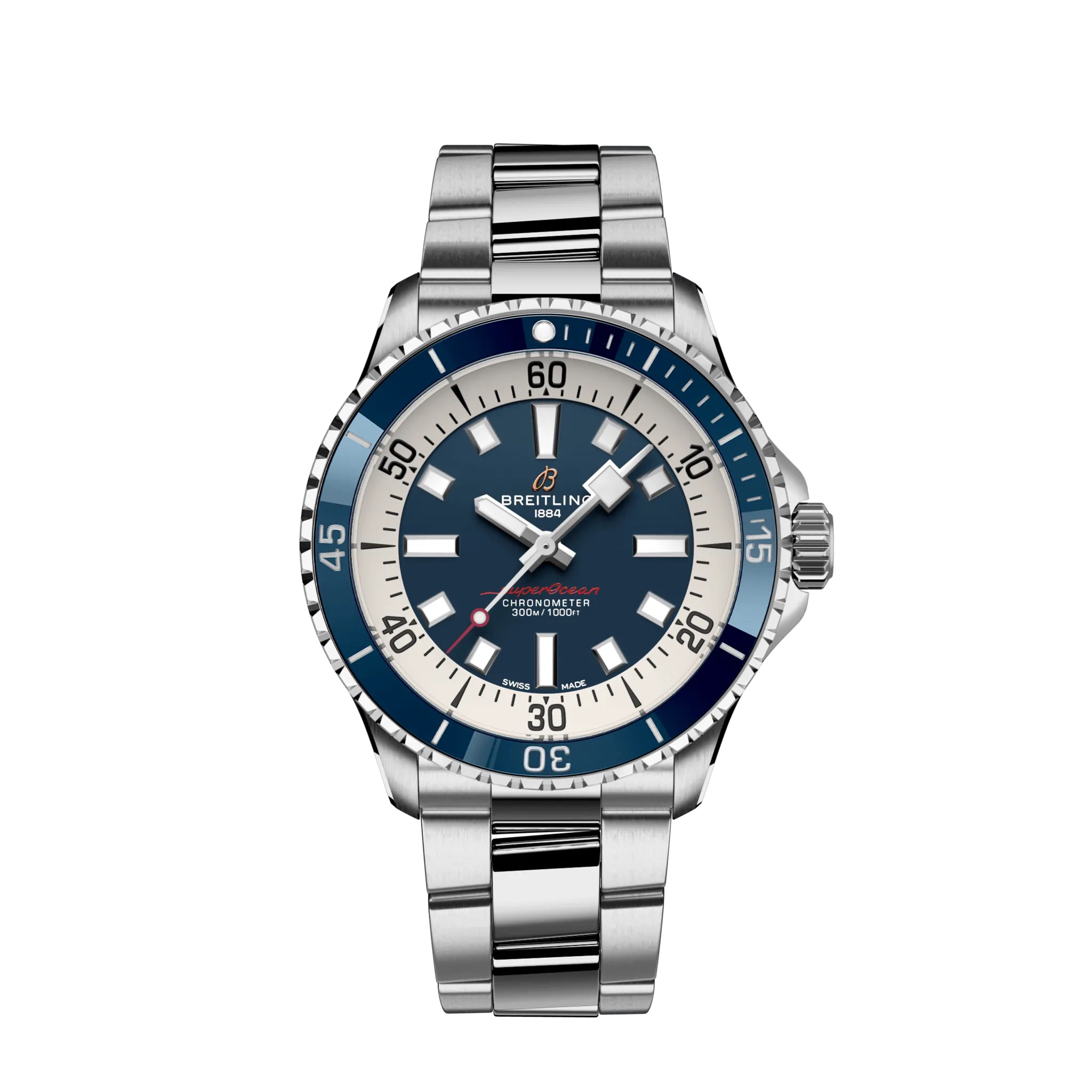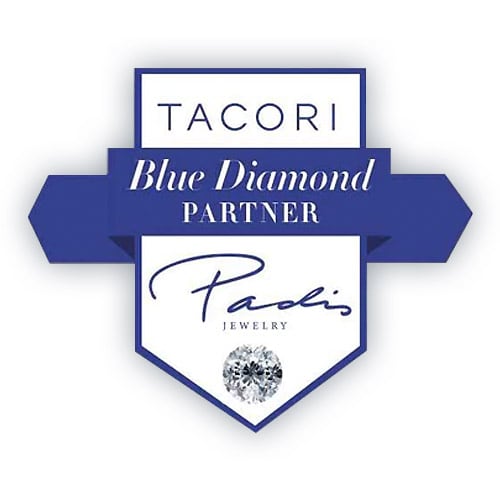Where Do the Best Diamonds in the World Come From?
Have you ever wondered how and when diamonds originated? A coveted, natural stone known for its sparkling brilliance, shine, and exuberance, diamonds inherently provoke curiosity and wonder. A dazzler celebrating enduring, unconditional love in its purest form, diamonds have a long-standing history. The name diamond is derived from the Greek word, ‘Adamas,’ which means an unconquerable spirit. This meaning quite beautifully explains the tough composition of diamonds, formed under extreme pressures and calamitous situations.
While quality, clarity, design, and style, are critical aspects of your chosen diamond, it is valuable to know about this beautiful stone’s rich past and origins.
BACK TO THE PAST: A RUN THROUGH THE SHINING AFFAIR
It’s believed that the earliest diamonds originated in the 4th century BC in India. However, its raw deposits formed as early as a billion years ago. Back then, diamonds were used for many purposes, such as jewelry, cutting tools, evil spells, and protective talismans during war. Diamonds became popular mainly for trade purposes due to their illuminating brilliance, strength, and refractive power.
After India’s resources to source diamonds were depleted in the 18th century, Brazil and South Africa arose as popular diamond hubs. As their supplies increased, they began to lose their exclusivity. In 1880, Englishman Cecil John Rhodes revolutionized the diamond industry by founding DeBeers Consolidated Mines Ltd. to regulate production.
Flash-forward to the present, out of 30 countries, ten locations have emerged as the biggest producers of diamonds worldwide in terms of volume. These are:
- Russia
- Botswana
- Congo
- Australia
- Canada
- Zimbabwe
- Angola
- South Africa
- Namibia
- Sierra Leonne
While we may wonder periodically about the process of creating such piercingly glistening crystals, did you know that the answer to this mystery lies in nature?
NATURE TALES: WHAT ARE DIAMONDS MADE OF?
Proven as the hardest natural substance, diamonds are known for their durability and unparalleled brightness. When dipped in the foundation of everlasting love and marriage – their inherent strength of character and integrity marry a romantic equation.
Diamonds are made of a single element component – carbon. Formed deep under the earth’s mantle, diamonds traveled up to the surface through a particular kind of volcanic eruption, called the Kimberlite eruption, that last occurred a billion years ago. The mantel, made of solid rocks, is composed of magnesium, iron, and carbon. The earth’s core beneath the mantle consists of molten metals. Its high-pressure, high-temperature environment above 1000° C leads to the formation of chemical bonds among the carbon atoms, which naturally multiply. Once they have bonded, carbon atoms must experience natural acute pressure to transfigure into sturdy, toughened crystals. Once carbon transforms into diamonds, it then surfaces on the earth.
HOW ARE THE BEAUTIFUL DIAMONDS DISCOVERED? - UNDERSTANDING MINING
To extract raw diamonds from underneath the surface, manufacturers use a host of mining techniques. This process begins with a diamond prospector traveling across the world to test soil samples to discover minerals and rocks that can yield results. Once they find their primary and secondary deposits, they start mining in open-cut or underground mines through several methods such as:
Open-pit mining: This primary deposit-bearing style involves removing layers of sand and rocks by blasting the ore and transporting the material to a primary ore crusher to begin the process of diamond removal.
Underground Mining: Consisting of building tunnels at two levels, mining starts once the ore is blasted at the top level, which falls through the funnels and is amassed in the second tunnel. The broken pieces are then collected and brought to the surface for processing.
Alluvial Mining: Alluvial mining consists of constructing a large wall that collects water in an area to accumulate the diamonds found in the mud or aquatic plant life gravel, which are then tugged to the surface for refining.
Marine Mining: Using either specialized technology or extensive drills that are attached to large ships, diamond deposits are excavated from deep underwater seabeds.
Once the initial extraction process is complete, the rough diamond undergoes another rigorous procedure to emerge as the glistening jewel we all adore.
QUALITY CHECK: THE FINEST DIAMONDS AT GABRIEL & CO.
Globally acceptable standards to distinguish superior quality diamonds are based on the 4Cs- color, clarity, cut, and carat weight. While diamonds range from icy-white colorless sparklers to expensive colored ones, a well-defined cut, clarity level, and carat weight determine the grade assigned to this rare stone.
Are you wondering why we are imparting this bejeweled lesson? Just as all that glitters is not always gold, gleaming diamonds can be deceptive too.
Priding ourselves as a brand that aims at selling infinite happiness, take a look at some of our best-sellers that are verified by GIA grading and credible authenticity certificates.
Select your Natural diamond | Select your Lab-Diamond


